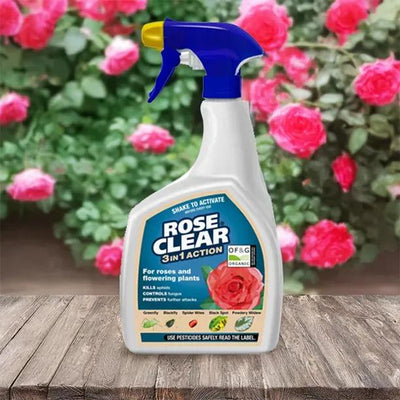Lilac Bouquet Rose Bushes
A prolific lilac-mauve climbing rose, recommended for beginners thanks to its easy to manage, springy, almost thornless growth, and superb disease resistance. It has little to no fragrance, so it's one to plant where it can be admired from a distance. Blooms in flushes June to September. To 3m.
Browse our Climbing Roses or all of our Rose Bushes.
Features
- Great for beginners
-
Colour: Lilac-mauve
-
Flower Shape: Double
-
Fragrance: Mild to none
-
Flower Period: Repeating June-September
-
Leaves: Deep-green, semi-glossy.
-
Height x Spread: 3m x 2.5m.
Growing Lilac Bouquet Roses
Good, well drained soil, close to full sun, and something sturdy to grow it up is all you need. Roses thrive on clay as long as it's not too waterlogged in winter.
History & Trivia
Bred by Christopher H. Warner and released in 2017, registration name CHEwlilacdays.








 Secure, One-Tap Checkout
Secure, One-Tap Checkout
 Hand Picked, Delivered to Your Door!
Hand Picked, Delivered to Your Door! 1 Year Bareroot Guarantee
1 Year Bareroot Guarantee










